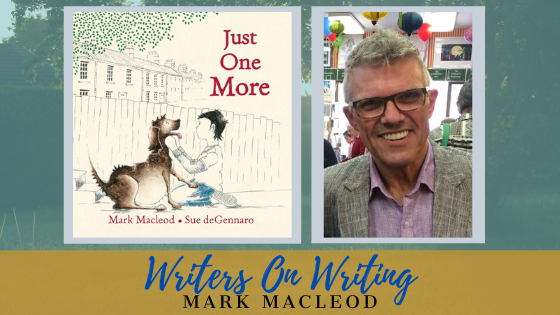
Why do you prefer picture books over other children’s literature – say middle grade or YA?
I don’t, really! I love junior fiction and YA too – and I love the best of graphic novels. What I don’t love is the kind of book that is written and illustrated by adults who underestimate children, and the commercial kind that is treated like a product – and treats children as products. You know the books I mean!
As a writer, I knew from childhood that poetry was what I could write. It was not a conscious choice. The form chooses you, because the kind of ‘story’ you want to tell is intimately tied up with the ways it can be told. A picture book is quite like a poem. It communicates through imagery, so it is succinct, multilayered. There are silences and gaps, where the reader is invited to fill out the bits of the story that are not being told in the words.
And in a picture book, telling the untold story is the illustrator’s job. I love picture book storytelling because it is a collaboration. A picture book usually starts with the words or an idea, but the writer must be willing to allow the visual artist to make it her or his idea too. I love it when the picture text discovers or invents a reading of the word text that the writer and editor had not foreseen. So if you are not good at teamwork, the picture book might not be for you. The most successful creative teams in picture book publishing are generous and delighted by the surprises that collaboration can bring.
You’ve had a distinguished career in children’s literature for over 25 years. How does being a publisher of children’s literature inform your own books for children?
I have worked with so many writers, illustrators, booksellers, publishers, educators and children – all of whom have been my teachers. So I understand heaps more than I did when, as an enthusiastic young lecturer, I would go to the Children’s Bookshop in Sydney every payday, and blow far too much money on books I wanted to read, to have and to share. Those people have taught me what works.
That doesn’t mean that as a publisher I don’t make mistakes. But I hope I make fewer now and I do learn from them. This past year, I had not thought much of one picture book honoured by the Children’s Book Council. It seemed too easy, slight, formulaic, even though it was stylishly illustrated and designed. And then I watched as my 5 year old granddaughter’s orientation class sat bent forward with their mouths open as it was read to them, and laughed at points that repeatedly surprised me. They loved it! So what did I know? Such unexpected experiences are humbling and helpful. Publishers are risk takers – you can’t be absolutely sure of success.
When it comes, you celebrate; when it doesn’t you agonise over the reasons why. As a writer, I’ve been both thrilled and intimidated by the wonderful books I have read. But the compulsion that determines which narrative form you write in also drives you onwards to keep writing. I will probably never achieve the excellence of books by other writers that I have published – but I do have stories to tell and I want to have a go myself. I guess it helps if you can learn to embrace your failures, learn from them, and move on. Get back on that horse!
Where does the inspiration for your picture books come from?
At school and university, I thought a writer’s subject matter had to be big and capital S Significant. Some of my favourite poets taught me that there is great significance in little things. Robert Frost, William Carlos Williams (those plums in the icebox!), Bruce Dawe, Mary Oliver. When you are writing about children and for children, you are mostly spared the temptation to say something important. (The education market is a trap, though, and some writers get sucked into the idea of making every poem a ‘teaching moment’. Fortunately, children can hear a lecture coming a mile off, and will turn away.)
So inspiration comes from the little actions, gestures and feelings of children I observe, and the one child I have spent a lifetime trying to understand: myself. A student told me once about her children burying their dead goldfish under the garden tap, so that the water would drip on its grave forever. That’s a little story all by itself.
Right now I am fascinated by little children’s eyerolls and side-eyes. As a child, I remember the responses they indicate, but I don’t think we felt entitled to express them. I love their playfulness, and the way they can run two narratives (or more) simultaneously. But you see, as soon as I start to analyse them in adult words, I will contaminate them – like explaining a joke. Better to keep the storytelling simple and let the reader do the interpreting.
Mark Macleod is the author of picture books for children, as well as poems for children and adults. President and Publishing Director of Dirt Lane Press, he has been Publishing Director for Random House and Publisher at Hachette Australia. A former national president of the Children’s Book Council of Australia, Mark has won awards for distinguished service to Children’s Literature and for many titles published under his own name imprint, Mark Macleod Books. He has coordinated studies in Children’s Literature, Australian Literature and Creative Writing at Macquarie University and Charles Sturt University, and has taught at universities around the world, most recently in India.Join Mark Macleod for his online course Online Feedback: Children’s Books, starting Monday 27 April.
If you want to be the first to read great advice from our incredible tutors, subscribe to our weekly e-newsletter Newsbite.
